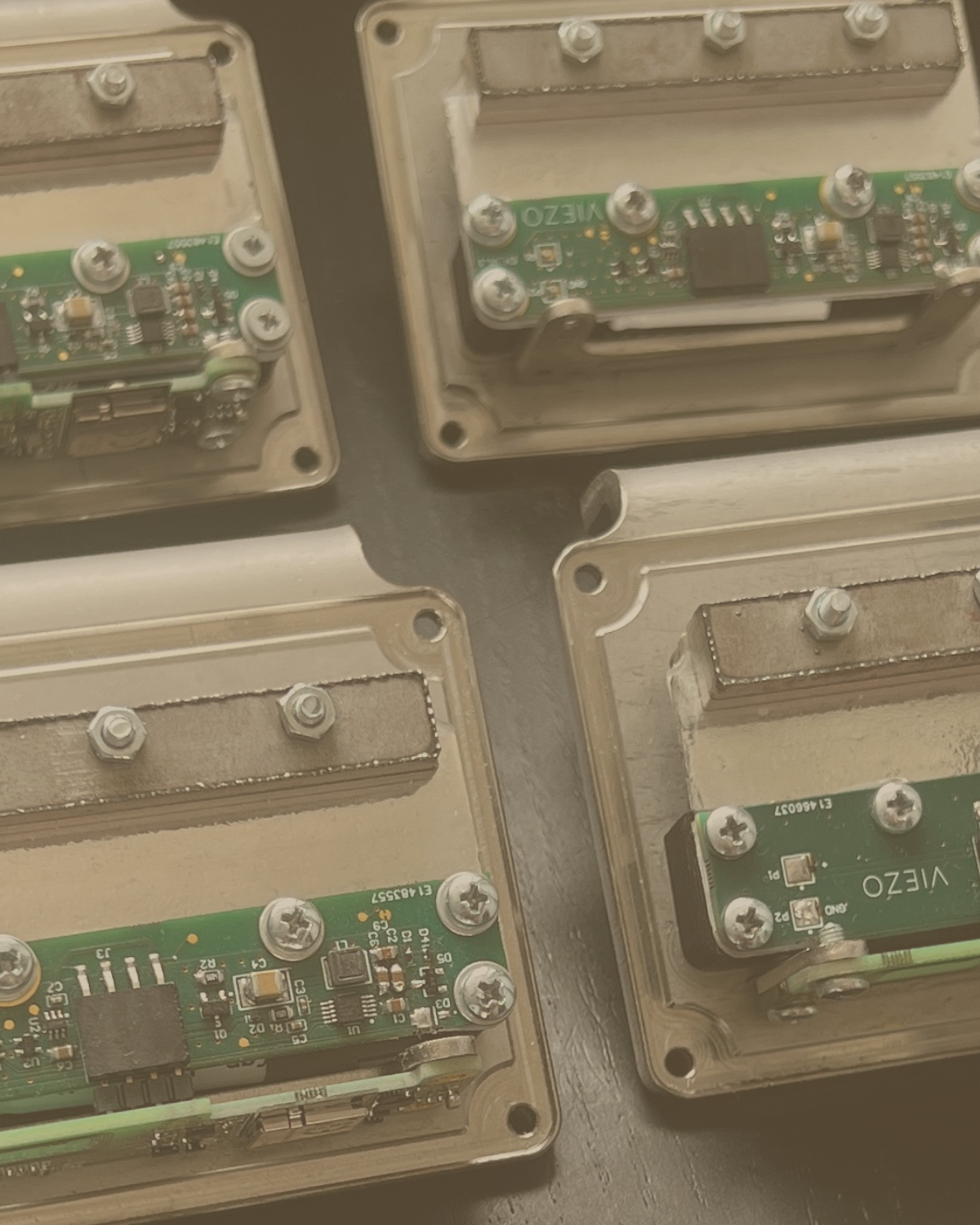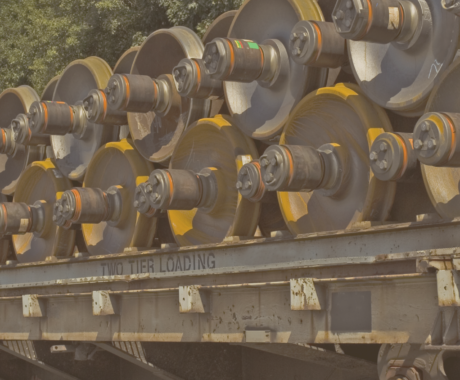In the modern railway industry, sensors play a crucial role in ensuring safety, efficiency, and seamless operations. These sensors are integrated into various railway systems to monitor track conditions, detect faults, and provide valuable data for maintenance and operational purposes. However, the widespread usage of batteries to power these sensors has raised concerns regarding environmental impact, maintenance costs, and sustainability. In this article, we will explore the consequences of using batteries in railway sensors and explore alternative solutions that promote a more sustainable and efficient future for the railway industry.
The Battery Conundrum
Railway sensors are often placed in remote or hard-to-reach locations, making wired power connections impractical. As a result, batteries have become the default power source for many of these sensors. While batteries provide the advantage of being self-contained and easily deployed, they come with several challenges and consequences:
1. Environmental Impact: The disposal of battery-powered sensors can lead to environmental pollution, as the improper handling of batteries can release harmful chemicals into the soil and water. This raises concerns about long-term sustainability and the industry’s contribution to climate change.
2. Maintenance Costs: Battery replacement and disposal add to the overall maintenance costs of the railway infrastructure. Frequent battery changes in remote areas can be time-consuming, resource-intensive, and expensive.
3. Limited Lifespan: Batteries have a finite lifespan, leading to periodic replacements. This creates interruptions in sensor functionality and requires careful planning and scheduling for maintenance activities.
4. Safety Risks: In some cases, battery-powered sensors may fail without warning, leading to potential safety risks in critical railway operations.
5. Energy Consumption: Constantly replacing batteries contributes to the overall energy consumption of the railway industry, thereby increasing its carbon footprint.
Alternative Solutions for Sustainable Sensor Technology
To address the drawbacks of battery usage in railway sensors, several alternative solutions have been proposed and are currently being explored by the industry:
1. Solar-Powered Sensors: Solar energy provides a renewable and sustainable solution for powering remote railway sensors. By harnessing sunlight and converting it into electrical energy, solar-powered sensors can operate autonomously without the need for frequent battery replacements. This reduces maintenance costs, environmental impact, and enhances sensor longevity.
2. Energy Harvesting Technologies: Utilizing energy harvesting technologies such as piezoelectric, electromagnetic, or thermoelectric systems, railway sensors can convert ambient vibrations, motion, or temperature differences into usable electrical energy. This approach allows sensors to generate their power, eliminating the need for batteries and enhancing their self-sustainability.
3. Inductive Power Transfer: Inductive power transfer systems can wirelessly charge sensors through electromagnetic fields. This technology enables sensors to draw power from trackside infrastructure or passing trains, ensuring a continuous power supply without the need for batteries.
4. Low-Power Design and Energy Efficiency: Optimizing sensor design to minimize power consumption can extend battery life and reduce the overall energy requirements of the railway system.
As the railway industry continues to embrace digitalization and automation, sensors play an ever more critical role in enhancing safety, efficiency, and decision-making processes. However, the prevalent use of batteries in these sensors has significant consequences in terms of environmental impact, maintenance costs, and energy consumption.
To overcome these challenges, the railway industry must actively seek sustainable solutions such as solar power, energy harvesting technologies, inductive power transfer, advanced energy storage, and energy-efficient design. By adopting these alternatives, the industry can transition towards a greener, more cost-effective, and sustainable future, ensuring smooth operations while minimizing its ecological footprint. Embracing such advancements not only benefits the railway industry but also sets a precedent for sustainable practices across other sectors.



